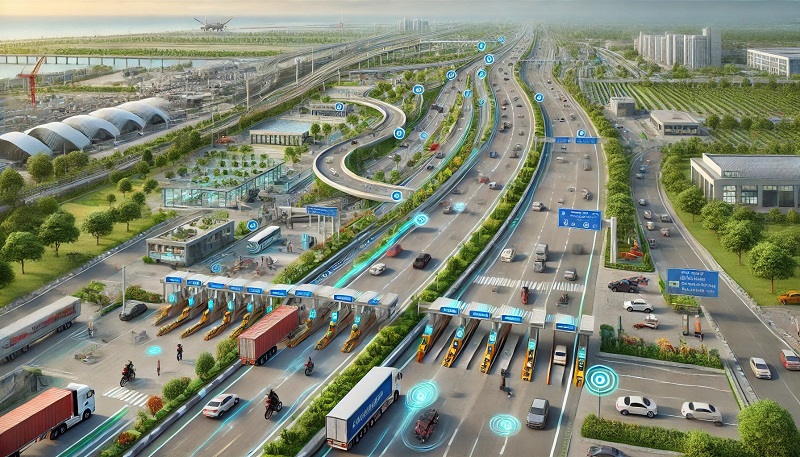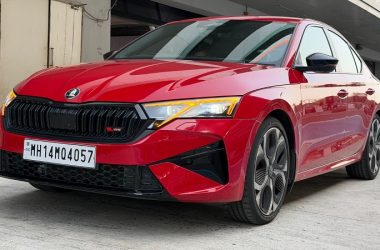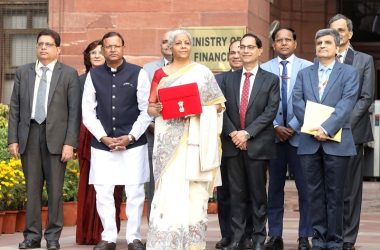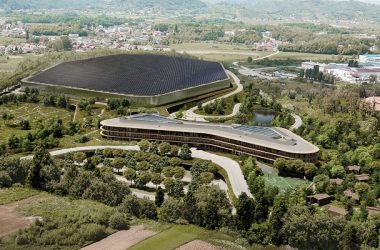In a groundbreaking move to enhance India’s infrastructure, the Cabinet Committee on Economic Affairs, chaired by Prime Minister Narendra Modi, has approved the development of eight National High-Speed Corridor projects. Spanning a total length of 936 km and costing Rs. 50,655 crore, these projects aim to bolster logistics efficiency, reduce congestion, and improve connectivity nationwide. The implementation is expected to create 4.42 crore mandays of employment, both directly and indirectly.

Revolutionizing Regional Connectivity: Key Highlights
- Agra-Gwalior High-Speed Corridor:
This 88-km, 6-lane corridor will be built on a Build-Operate-Transfer (BOT) basis, costing Rs. 4,613 crore. It will halve the travel time between Agra and Gwalior, enhancing access to tourist attractions like the Taj Mahal and Gwalior Fort. The corridor will start near Deori village in Agra and end at Susera village in Gwalior, increasing traffic capacity significantly. - Kharagpur-Moregram Corridor:
Stretching 231 km, this 4-lane corridor will be developed in Hybrid Annuity Mode (HAM) at Rs. 10,247 crore. It aims to quintuple traffic capacity between Kharagpur and Moregram, reducing travel time for freight vehicles from 9-10 hours to just 3-5 hours, thus boosting the economy of West Bengal and the North-East. - Tharad-Ahmedabad Corridor:
This 214-km, 6-lane corridor will cost Rs. 10,534 crore and be built on a BOT basis. It will connect Gujarat’s key industrial regions to major ports in Maharashtra, cutting travel time by 60% and reducing the distance between Tharad and Ahmedabad by 20%. - Ayodhya Ring Road:
At a cost of Rs. 3,935 crore, this 68-km, 4-lane ring road will decongest the highways around Ayodhya, facilitating quicker pilgrim movement to the Rama Mandir and enhancing connectivity for tourists from Lucknow International Airport and Ayodhya Airport. - Raipur-Ranchi Corridor:
The 137-km Pathalgaon-Gumla section will be developed in HAM mode at Rs. 4,473 crore. This corridor will improve connectivity between mining areas in Jharkhand and Chhattisgarh and industrial zones in Raipur and Dhanbad. - Kanpur Ring Road:
Costing Rs. 3,298 crore, this 47-km, 6-lane section will complete Kanpur’s ring road, segregating long-distance traffic and enhancing logistics efficiency for freight between Uttar Pradesh and neighboring states. - Guwahati Ring Road:
This 121-km project, including a major bridge over the Brahmaputra, will be developed in BOT mode at Rs. 5,729 crore. It will provide seamless connectivity for long-distance traffic, easing congestion in Guwahati and connecting major cities in the North-East. - Pune-Nashik Elevated Corridor:
The 30-km, 8-lane elevated corridor from Nashik Phata to Khed will cost Rs. 7,827 crore. It will alleviate congestion in Pimpri-Chinchwad, improving connectivity for industrial traffic.
Background and Vision
India’s rapid infrastructure development over the past decade has seen the length of National Highways grow from 91,000 km in 2013-14 to 1.46 lakh km currently. The average annual pace of awarding NH contracts has nearly tripled, while construction has more than doubled. This aggressive infrastructure investment, increasing sixfold since 2013-14, is part of the government’s vision to transform India into a $30+ trillion economy by 2047. These new high-speed corridors represent a significant step towards that goal, promising to unlock regional growth, improve logistics, and enhance the quality of life for millions of citizens.







